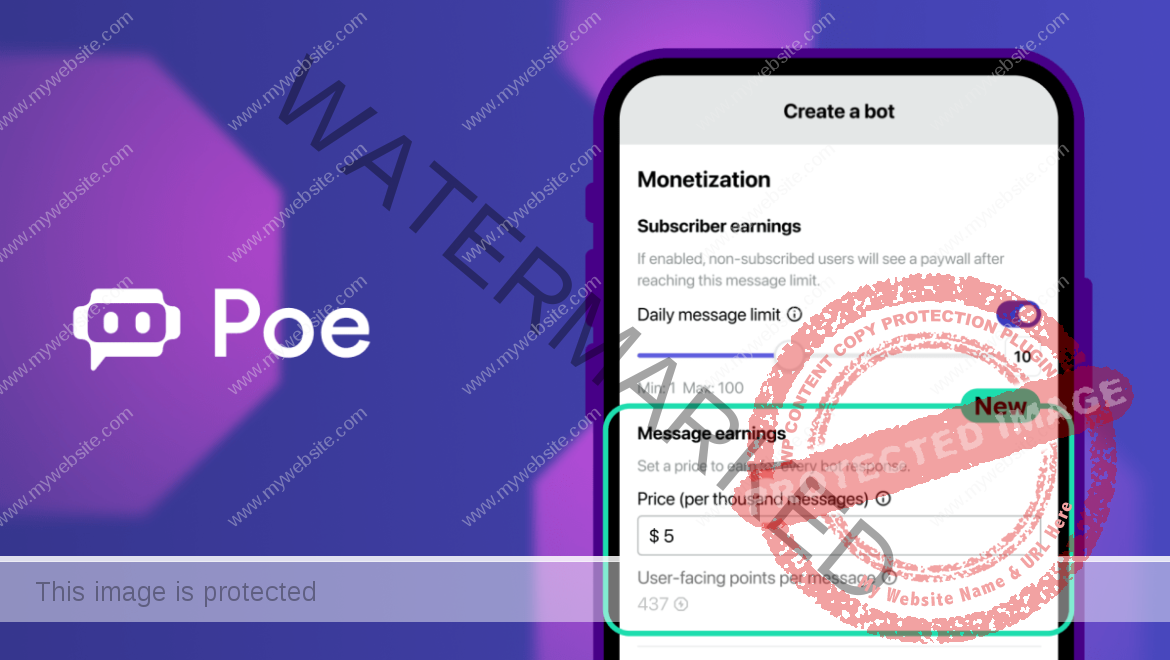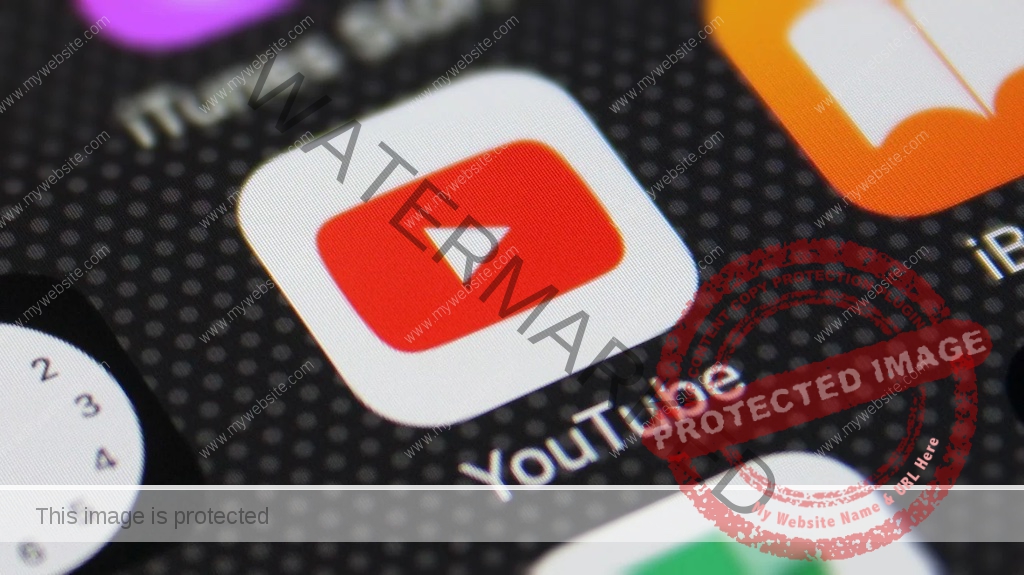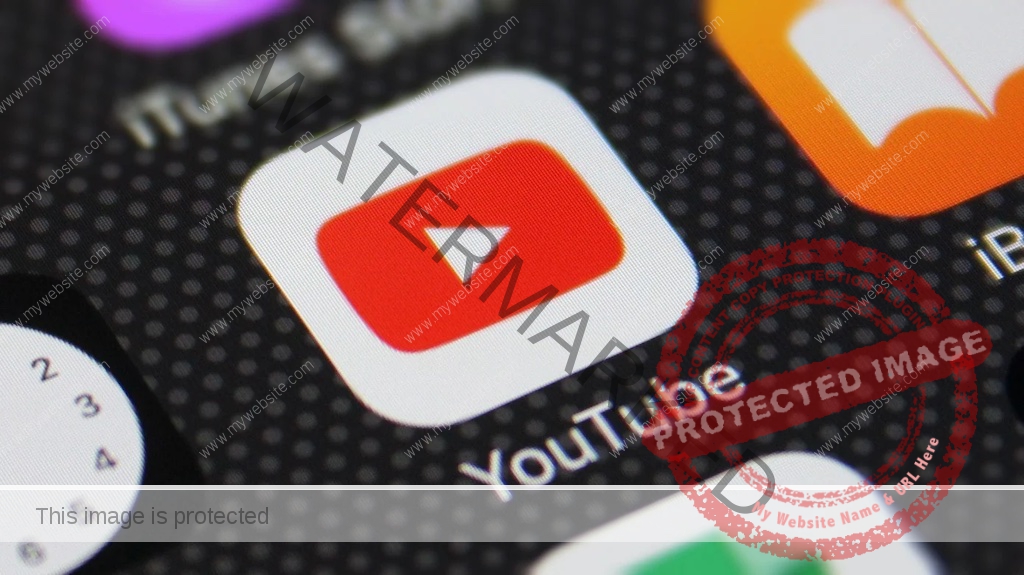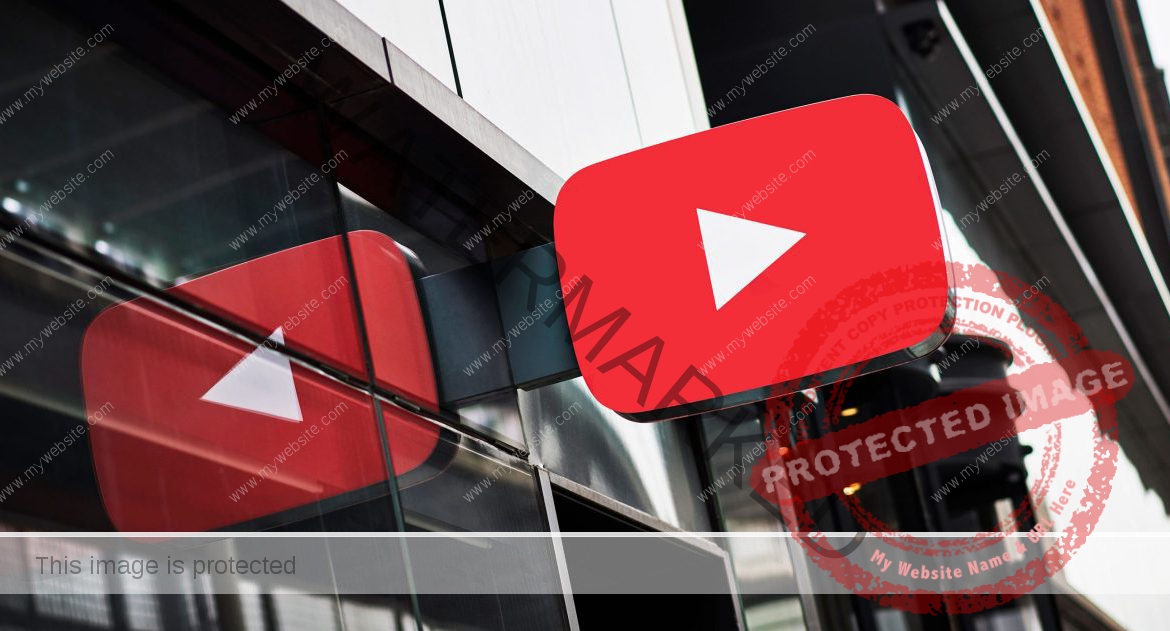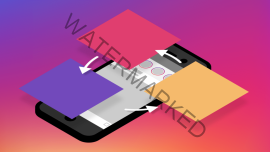Poe introduces a price-per-message revenue model for AI bot creators | TechCrunch
Bot creators now have a new way to make money with Poe, the Quora-owned AI chatbot platform. On Monday, the company introduced a revenue model that allows creators to set a per-message price for their bots so they can make money whenever a user messages them. The addition follows an October 2023 release of a revenue-sharing program that would give bot creators a cut of the earnings when their users subscribed to Poe’s premium product.
First launched by Quora in February 2023, Poe offers users the ability to sample a variety of AI chatbots, including those from ChatGPT maker OpenAI, Anthropic, Google, and others. The idea is to give consumers an easy way to toy with new AI technologies all in one place while also giving Quora a potential source of new content.
The company’s revenue models offer a new twist on the creator economy by rewarding AI enthusiasts who generate “prompt bots,” as well as developer-built server bots that integrate with Poe’s AI.
Last fall, Quora announced it would begin a revenue-sharing program with bot creators and said it would “soon” open up the option for creators to set a per-message fee on their bots. Although it’s been nearly 5 months since that announcement — hardly “soon” — the latter is now going live.
Quora CEO Adam D’Angelo explained on Monday that Poe users will only see message points for each bot, which encompasses the same points they have as either a free user or Poe subscriber. However, creators will be paid in dollars, he said.
“This pricing mechanism is important for developers with substantial model inference or API costs,” D’Angelo noted in a post on X. “Our goal is to enable a thriving ecosystem of model developers and bot creators who build on top of models, and covering these operational costs is a key part of that,” he added.
The new revenue model could spur the development of new kinds of bots, including in areas like tutoring, knowledge, assistants, analysis, storytelling, and image generation, D’Angelo believes.
The offering is currently available to U.S. bot creators only but will expand globally in the future. It joins the creator monetization program that pays up to $20 per user who subscribes to Poe thanks to a creator’s bots.
Alongside the per-message revenue model, Poe also launched an enhanced analytics dashboard that displays average earnings for creators’ bots across paywalls, subscriptions, and messages. Its insights are updated daily and will allow creators to get a better handle on how their pricing drives bot usage and revenue.

